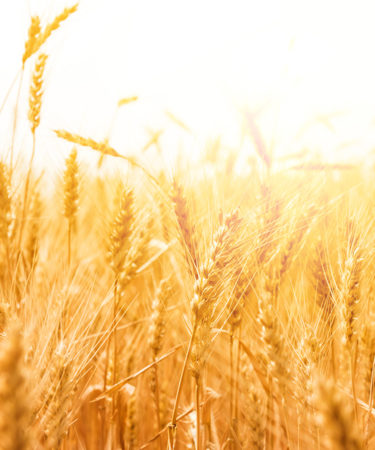If you’ve learned how to read a whiskey label, you may have fallen in love with whiskey, and you probably find yourself searching most eagerly for those two words, “Single Malt.” More often found on Scotch whisky bottles, they’ve made their way into the lexicon of American whiskey (move over, bourbon! Um, please…)
Whereas Scotch Single Malts are all bound by a pretty particular, and definitely legal, definition—the product of one distillery, made with 100% malted barley, distilled in pot stills—American Single Malts have the freedom to play with the category, within limits. The basic template of distillery-one malted grain seems to remain, but from there you get some creative elbow room.
Some of the variation comes from the source of the distillate itself. Stranahan’s Colorado Whiskey uses Rocky Mountain spring water, while 287 distilled their Single Malt from Captain Lawrence Freshchester Pale Ale. Of course, whiskey distillers create a kind of “beer” base with fermented, often malted grain, so this isn’t a huge departure in form. In fact, Long Island-based Pine Barrens Single Malt is distilled from a fairly hoppy barley wine-style beer; hence, we’re assuming, the pine association. But given the almost joyfully rabid ingenuity of the craft beer world, and the apparent license of American Single Malts to distill how they like, we are wondering how far the craft beer-to-single-malt connections can go.
Not that American Single Malts don’t abide a basic sense of tradition. Again, it’s more a matter of variation within the Single Malt template. For instance, the treatment of the barley can also vary. Evanston, Illinois-based FEW makes their single malt with some (undisclosed) percentage of cherry wood-smoked malted barley, in addition to the straight up malted barley. Wasmund’s dries their malted barley with both apple and cherry wood, looking to impart extra layers of flavor (the way peated Scotches can add smoke, salinity, and a variety of other flavors when malted barley is dried over peat fires).
This being America, the home of defunct green Heinz ketchup and “fat free” nacho cheese tortilla chips, variations can get even more extreme—insofar as careful production of whiskey gets extreme. Whereas all Scotch whisky has to be aged for a minimum of three years in oak barrels (with most Single Malts seeing significantly more time in the barrel), American Single Malts are under no such restriction, which is that 287 Single Malt only sees one year in a charred oak barrel. Seattle-based Westland Single Malt is aged for about twice that, 27 months, but they’re also going as local as possible, malting barley grown in the local Skagit Valley and making their own mash with water from the Cedar River. The idea here, kind of like with grower Champagne, is to yield as much an expression of place as production. Westland also uses Belgian brewer’s yeast, and not just because they can. (Though that’s fun, too.)
American Single Malts are at least a decade into their prominence. And even though Scotch created—and spiritually owns—the Single Malt market, and even if America sometimes seems to only have eyes for bourbon, the Stateside Single Malt category seems here to stay. And stay all over the country, fortunately for whiskey lovers, from Virginia to Washington State to Texas, where Balcones Single Malt brought home its 2012 “Best in Glass” win over scotches like the Balvenie 17 Year Doublewood and the Glenmorangie Artein Single Malt. The awards, p.s., haven’t stopped there.
Meaning buy some before prices spike, and everyone decides American single malt is the new must-have. (Ahhhh whoops. That may have already happened…)
